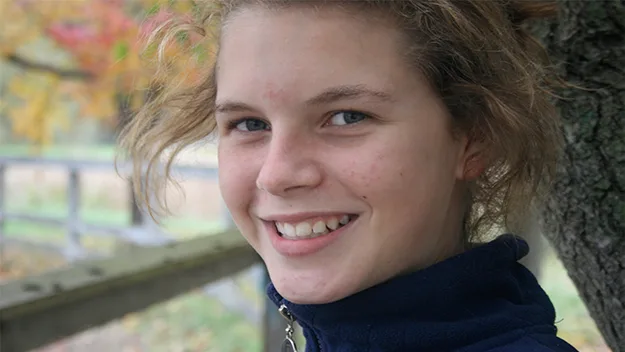David Davie suffered excruciating pains in his hands and feet for nearly half a century before being diagnosed with Fabry Disease. At times, the pharmaceutical executive was crippled by the condition – unable to function, with no relief from painkillers, he turned to alcohol to help numb the pain. His wife Margaret, desperate for help, turned to The Weekly.
Their daughter, Megan Fookes, explains the life changing impact the article had for her family, “After Dad’s story was published, 55 families got in touch with us from around Australia. You’ve got to realise there were literally only a couple of sentences published on this disease back then. Twenty years ago very, very little was known about it.”
The Davie family started the Fabry Support Group, which allowed sufferers to come together and talk about the hereditary condition that is often dismissed as “growing pains” in childhood.
“Three months before the first clinical trial started for Fabry disease, my Dad died,” Megan says. “Thankfully life is very different for the next generation… I also have the condition, as does my son, but we can be hopeful about new treatments that will help us live longer and avoid the worst symptoms.”
New advances in treatment allow the most severe cases of Fabry to be treated with enzyme replacement therapy, an invasive procedure that replaces the missing enzyme that causes the condition. Sophie Peel, 16, of North Sydney, is one of the first children in Australia to undergo the fortnightly procedure.
“I used to get shooting pains in my hands when I played netball – it was like they were on fire every time I touched the ball,” she says. “No one knew what it was, and people didn’t believe me – I didn’t look sick or in pain.” Fabry also causes Sophie to suffer from intense abdominal cramps, which would leave her exhausted, lying on the couch at home.

Sophie Peel
“I had a routine eye test, and they found corneal whirls on my eye – which is one of the indicators of Fabry,” she explains, adding that “no one knows why I’ve got it, in my case it’s not hereditary as no one else in my family has it.”
For the next year at least, Sophie will undergo the infusions at Westmead Children’s Hospital before she can treat herself at home.
Megan hopes continuing research into the disease will lead to even better treatments and outcomes for those dealing with daily pain.
“We have come so far in the past two decades, and part of that has to do with the attention the original Weekly article gave to Fabry. We can connect with others and share our stories – while the disease is rare, knowing you’re not the only one suffering helps enormously.”
Visit fabry.com.au and rarevoices.org.au to find out more.


.jpg?resize=380%2C285)
